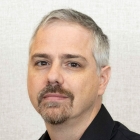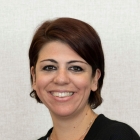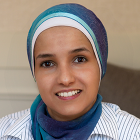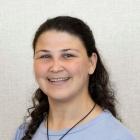You are here
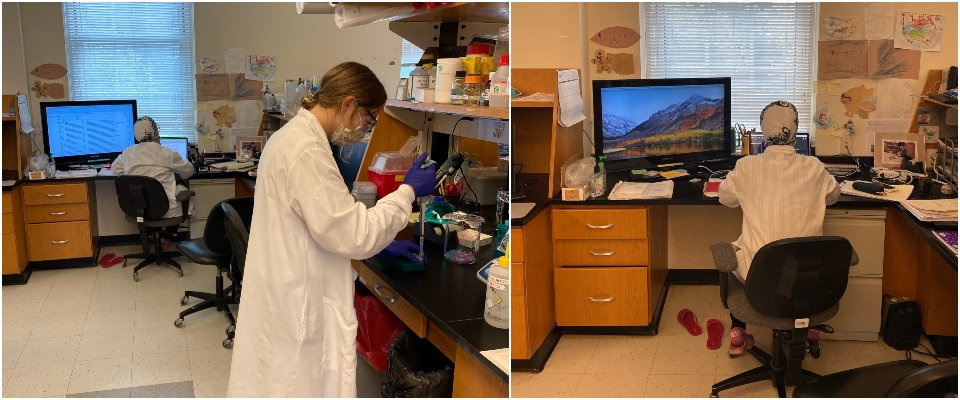
Reopening the Institute – Spotlight: Hollis Lab
As we carry on with our mission during the COVID-19 pandemic, Burke Neurological Institute (BNI) is slowly and safely bringing back laboratory personnel to campus. Our researchers share what it is like to return to their laboratories in shifts to keep important research investigation moving forward.
How has your lab adapted to conducting research during the COVID-19 pandemic?
Paola Di Grazia, a Research Technician in the Circuit Repair Laboratory, shares that each member of the Hollis Lab took this difficult time as a challenge to perform better and in a different way. They created a MS Excel spreadsheet of their current projects and logged what they could do at home versus in the lab. As a group, they tried to reduce their presence in the lab to only essential tasks, and for the rest of the time, while their lab members were at home, they took advantage of the time to read articles, take online classes, and as their Lab Director, Edmund Hollis, Ph.D. says, “to expand our knowledge.” The Hollis Lab stays in contact through a WhatsApp lab chat group, where they each share opinions and give suggestions on how to approach the different projects that they currently have in progress.
Dr. Edmund Hollis, Director of the Circuit Repair Laboratory at Burke Neurological Institute and Assistant Professor of Neuroscience at Weill Cornell Medicine explains that they have adapted to working in shifts in the lab. He explains, “The full shutdown was difficult as we had to stop experiments that we haven’t yet been able to get up and running again. The time away from the institute gave people the opportunity to put together manuscripts and grants and figure out what experiments needed to be prioritized for finishing up those documents. We even ended up publishing one review article and contributing to a collaborator’s research article in the process.” Although the pandemic has caused the Hollis Lab to face some unexpected obstacles, they continue to progress in their research.
What are you most proud of as a lab right now?
Paola Di Grazia, M.S., explains that she is most proud of how each her lab has been helping each other to reach their goals. Postdocs who do not have children were extremely flexible and they allowed the coworkers with children, like her for example, to be able to choose lab shifts that would accommodate their families. All of the members with kids were particularly hit with the difficulties of managing family life and their jobs. The Hollis lab has found ways to make it easier for each member by sharing ideas. If a lab member knows a better way of doing things, they share that with everyone in the hopes that it will relieve the burden and stress of their everyday life. Paola is proud of her fellow lab members because they motivate each other to be better, each and every day.
Dr. Hollis is proud of how the team handled the transitions and how they have come together in multiple ways. Several people have worked together on manuscripts and data analysis. Since their lab has been back at a limited capacity, individuals have lent their skill sets to help each other make progress on their projects. He explains that while tt has been a challenging time, the past six months gave them some perspective on the progress of their research and helped them clearly visualize the next steps.

